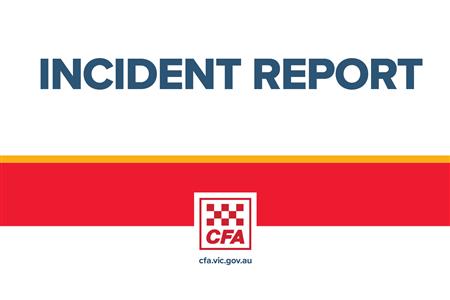People reporting symptoms of both insomnia and a high risk of obstructive sleep apnoea are at an increased risk of death, compared to people without the conditions, a new Flinders University analysis has found.
Lead authors Dr Alexander Sweetman and Dr Yohannes Melaku say the study highlights the importance of self-reported symptoms and risk factors, tools that could allow for greater and more rapid assessment in populations where overnight sleep studies are not feasible or readily accessible, such as rural and remote locations.
“Insomnia and obstructive sleep apnoea (OSA) are the two most common sleep disorders, each occurring in 10-30% of the general population, but in many patients the conditions can occur at the same time in what we call co-morbid insomnia and sleep apnoea (COMISA),” says study lead author Dr Alexander Sweetman from Flinders University’s Adelaide Institute for Sleep Health at FHMRI: Sleep Health.
“Almost 50% of people with OSA have clinically significant insomnia, while 30-40% of people with chronic insomnia have OSA. Insomnia and obstructive sleep apnoea are both independently associated with reduced quality of life and high healthcare use, while people with COMISA have been shown to have worse sleep, poorer daytime function, mental health and productivity issues and greater rates of cardiovascular disease.
“However, previous studies have tended to use data from overnight sleep studies called polysomnography to diagnose OSA. Given than not everyone can rapidly access overnight sleep studies we aimed to investigate the effect of self-reported COMISA symptoms on risk of all-cause mortality,” says Dr Sweetman.

The study, published in the journal Sleep Epidemiology, looked at data from almost 7000 participants, with 74% people reporting no conditions, 3% had insomnia alone, 20% only obstructive sleep apnoea, while 3.3% were reported as having COMISA.
The analysis found symptoms of co-morbid insomnia and sleep apnoea (COMISA) were associated with a 56% increased risk of death from any cause compared to those without the condition, within the 11-year follow up period of the study, after controlling for sociodemographic factors, behavioural factors, chronic conditions and other potential mediators and moderators.
“While our study further highlights the risk of co-morbid insomnia and sleep apnoea, it directly addressed the study’s aim, finding that self-reported insomnia symptoms combined with the STOP-Bang questionnaire (a questionnaire used to assess people for obstructive sleep apnoea) can be used to identify people with probable COMISA at risk of adverse health outcomes,” says Dr Sweetman.
“This is significant given the high costs, limited availability and long wait times to access polysomnography, especially for those living in regional Australia.
“While it is important that at some point in a patient’s management they do take part in an overnight sleep study to confirm their diagnosis and determine best treatment options, the reliability of self-reported symptoms could see more patients diagnosed with COMISA and sooner.”
Currently the recommended treatment for COMISA is a combination of cognitive behavioural therapy to treat the insomnia, before starting continuous positive airway pressure (CPAP) therapy to treat the sleep apnoea. Dr Sweetman leads a research program at Flinders University to develop and implement better treatments for COMISA throughout the healthcare system.
“As studies continue to show that COMISA can be a deadly combination, it’s important we develop more effective and tailored management approaches for COMISA, and to investigate the effect of COMISA treatment on reduction of mortality risk,” says Dr Sweetman.
The paper ‘Association of co-morbid insomnia and sleep apnoea symptoms with all-cause mortality: Analysis of the NHANES 2005-2008 data’ by Alexander Sweetman, Bastien Lechat, Sarah Appleton, Amy Reynolds, Robert Adams and Yohannes Adama Melakua is published in the journal Sleep Epidemiology. DOI: 10.1016/j.sleepe.2022.100043. The authors have received grants or funding from the National Health and Medical Research Council, ResMed Foundation, Phillips Foundation, The Hospital Research Foundation, the Sleep Health Foundation, Compumedics and Sealy Australia, outside of this research.








